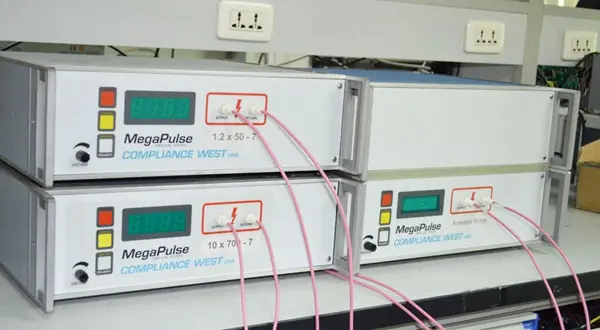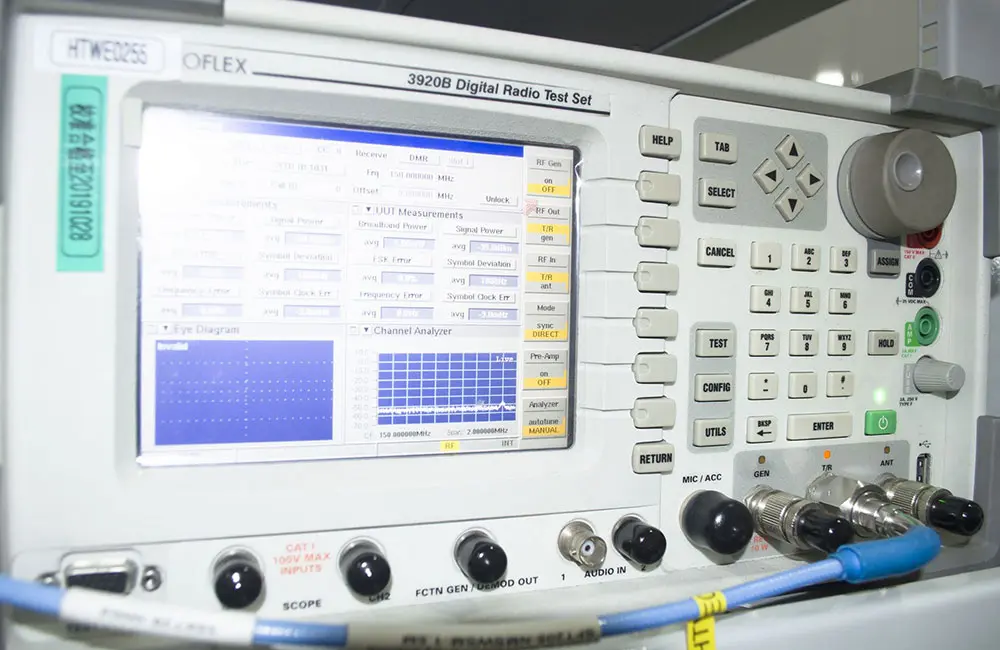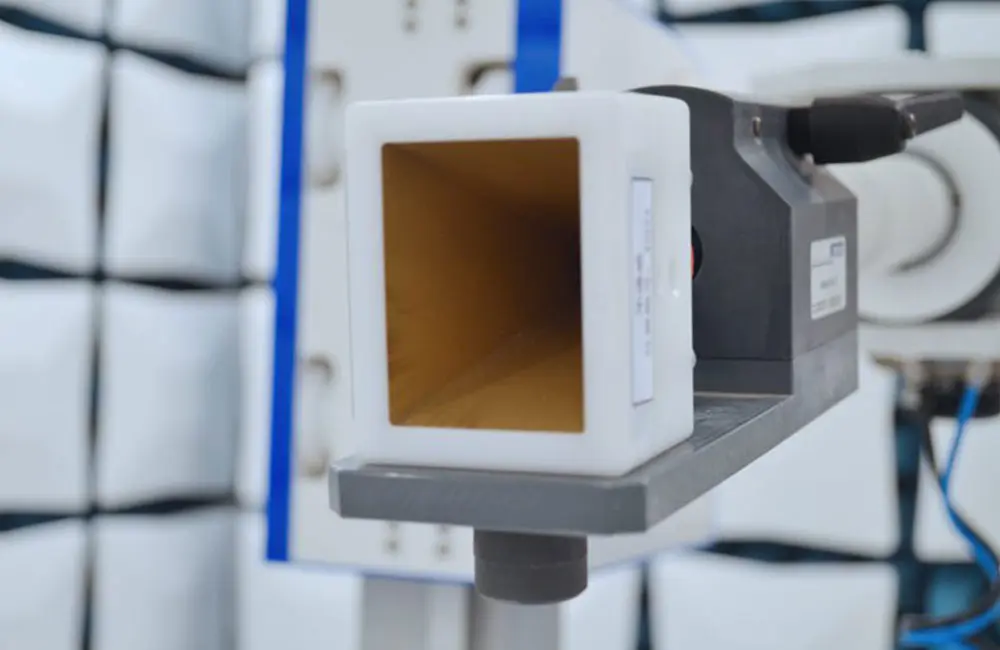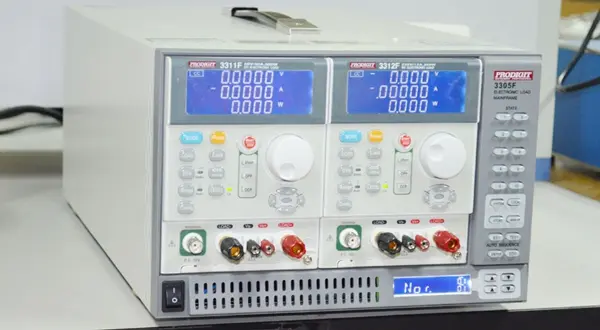
Do Products Need to be UL Tested for Amazon?
Selling electronic products on Amazon US requires a ul test report. But what exactly is a UL test report? Is a UL test report the same as UL certification? In this article, we’ll explain the UL test report in detail.

What is a UL Test Report?
As Amazon's strategic importance in global commerce increases, the number of merchants entering the platform is also rising, leading to higher entry thresholds. Without a UL test report, products may face sales suspension or listing removal. All electronic products sold on Amazon require a relevant UL test report, which must be issued by a laboratory accREDited with ISO 17025 to ensure proper sales and link recovery.
UL Test Report Received by Amazon Sellers
(This is an email received by a power bank seller; different products correspond to different standards)
ul499 Test Items
1. Leakage Current Test
2. Input Test
3. Leakage Current Test Under Damp Conditions
4. Normal Temperature Rise Test
5. High Voltage Test
6. Stability Test
7. Abnormal Test (DRY)
8. Abnormal Test (BYPASSED REGULATING DEVICE)
9. Static Pressure and Strength Test
10. Fuse Burn Test
11. Power Cord Pull Test
12. Power Cord Push Test
13. Plastic Deformation Test
14. Impact Test
15. Overflow Test
16. Ground Resistance Test
17. Waterproof Gasket Aging Test
UL Test Report Application Process:
1. Consultation and Quotation
2. Contract Signing
3. Sample Submission
4. Payment of Test Fees
5. Laboratory Testing and Issuance of UL Test Report
6. Submission to Amazon for Review and Await Approval
How Long Does UL499 Certification Take and What is Required?
UL certification requires two sample units. Upon receipt of the samples, testing can be completed within a week, and a report will be issued.
Difference Between UL Certification and UL Test Report:
- UL Certification: Voluntary certification that requires product testing and factory audits. The factory is audited quarterly, with high costs and long durations, and the factory audits are very strict.
- UL Test Report: A test report issued after the product passes tests based on relevant UL standards. It is less costly, has a shorter cycle, and does not require factory audits. This report can be used for Amazon reviews but is ineffective for customs clearance.
UL Test Report Processing Steps:
1. The applicant submits an application.
2. The applicant fills out the application form and provides instructions and technical documents.
3. Determine the testing standards and items and provide a quotation.
4. The applicant confirms the quotation, submits samples and relevant technical documents.
5. A fee notice is sent to the applicant, who pays the certification fee as required.
6. Arrange for product testing.
7. If the test is passed, a UL test report is issued to the applicant.
Note:
If the applicable UL test standards in the United States have not been updated, the UL test report remains valid indefinitely.
Email:hello@jjrlab.com
Write your message here and send it to us
 LED Lighting EMC Testing Service
LED Lighting EMC Testing Service
 EU REACH Compliance Testing Services
EU REACH Compliance Testing Services
 Electronic and Electrical Reliability Testing Serv
Electronic and Electrical Reliability Testing Serv
 Electronic & Electrical Safety Compliance Test
Electronic & Electrical Safety Compliance Test
 Shenzhen Electronic Electromagnetic Compatibility
Shenzhen Electronic Electromagnetic Compatibility
 How to Test IP68 Rating
How to Test IP68 Rating
 Differences Between FDA and LFGB for Food Contact
Differences Between FDA and LFGB for Food Contact
 Process and Precautions for Amazon CPC Certificate
Process and Precautions for Amazon CPC Certificate
Leave us a message
24-hour online customer service at any time to respond, so that you worry!




